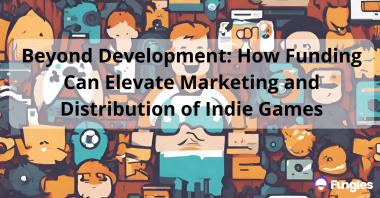For an indie game developer, a brilliant game idea is a spark of inspiration. However, turning this spark into a playable reality often hinges on one critical element: game funding.
In today’s gaming landscape, the competition is fierce. With a multitude of titles from big studios and fellow indie developers, standing out becomes a genuine challenge. This saturated market means that simply having a fantastic game idea isn’t always enough.
Enter the power of a compelling presentation. Crafting a persuasive pitch isn’t just about showcasing your game—it’s about selling your vision. When executed effectively, it can be the key that opens doors to potential investors and elevates your game from a concept to a funded project.
Demystifying Game Funding: Basics and Innovations
Before diving headfirst into the world of game development, it’s essential to comprehend the foundational aspects of game funding.
Definition and Types of Game Funding
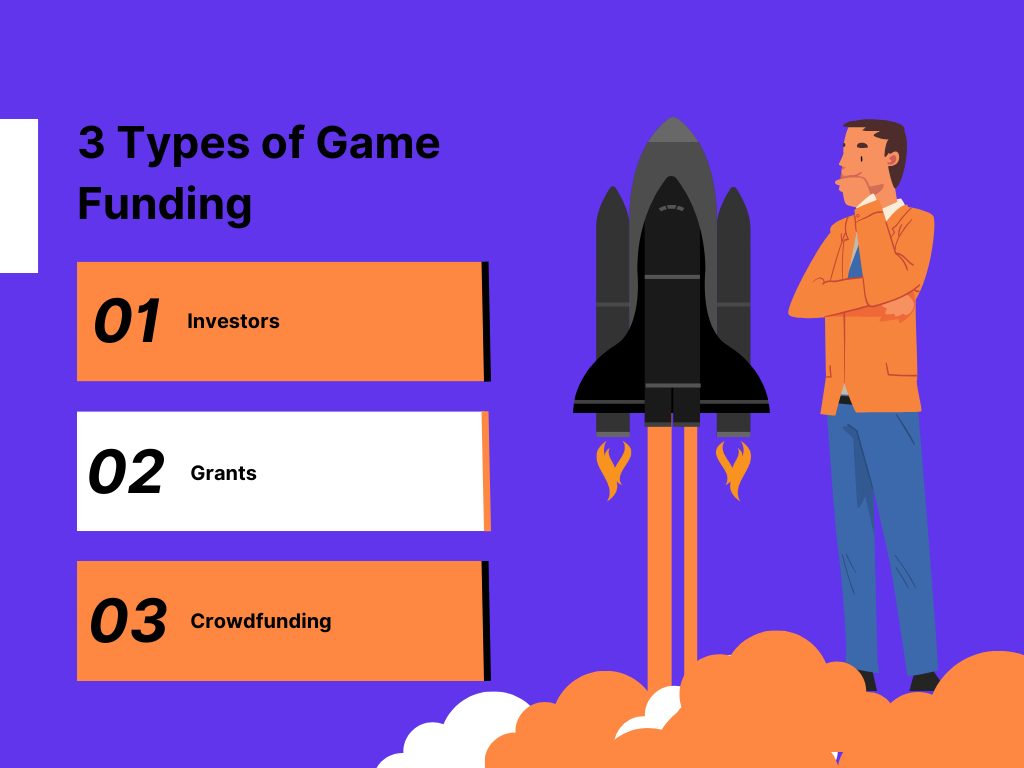
Funding serves as the lifeblood for turning your game idea into reality. It comes in various forms – from traditional investors seeking a return on their investment to more philanthropic grants. Each type comes with its own set of expectations and requirements.
Investors
Typically, they provide capital in exchange for equity in the game or a share of the profits. They’re often looking for promising projects that showcase potential for high returns. Building a relationship with the right investor can also open doors to valuable industry connections and mentoring opportunities.
Grants
Particularly significant in the US, game grants offer financial assistance without the need for repayment. They aim to support innovation and often focus on projects that push the boundaries of gaming. Securing a grant can also elevate a project’s credibility, attracting further attention and potential partnerships.
Crowdfunding
Platforms like Kickstarter and Indiegogo allow developers to present their ideas directly to the public. By pre-selling the game or offering exclusive rewards, developers can raise funds before the game’s actual release. It’s a direct testament to a game’s appeal, allowing developers to gauge public interest and receive feedback early in the development process.
Other
There are also other means like personal savings, loans, or partnering with larger game studios in exchange for resources. These alternatives, while sometimes overlooked, can offer more flexibility or control over the project’s direction and ownership
Crafting Your Game Pitch: Making Every Moment Shine
Diving into the world of game development is exhilarating, but to turn those game-changing ideas into reality, you need more than just creativity. You need investors who believe in your vision.
Crafting a Compelling Game Idea That Stands Out
In a vast sea of indie games, what makes yours unique? Your game idea should be original and intriguing, offering something fresh to the market. It’s essential to identify that unique spark and ensure it shines through in every aspect of your game.
Components of an Effective Pitch Deck for Games
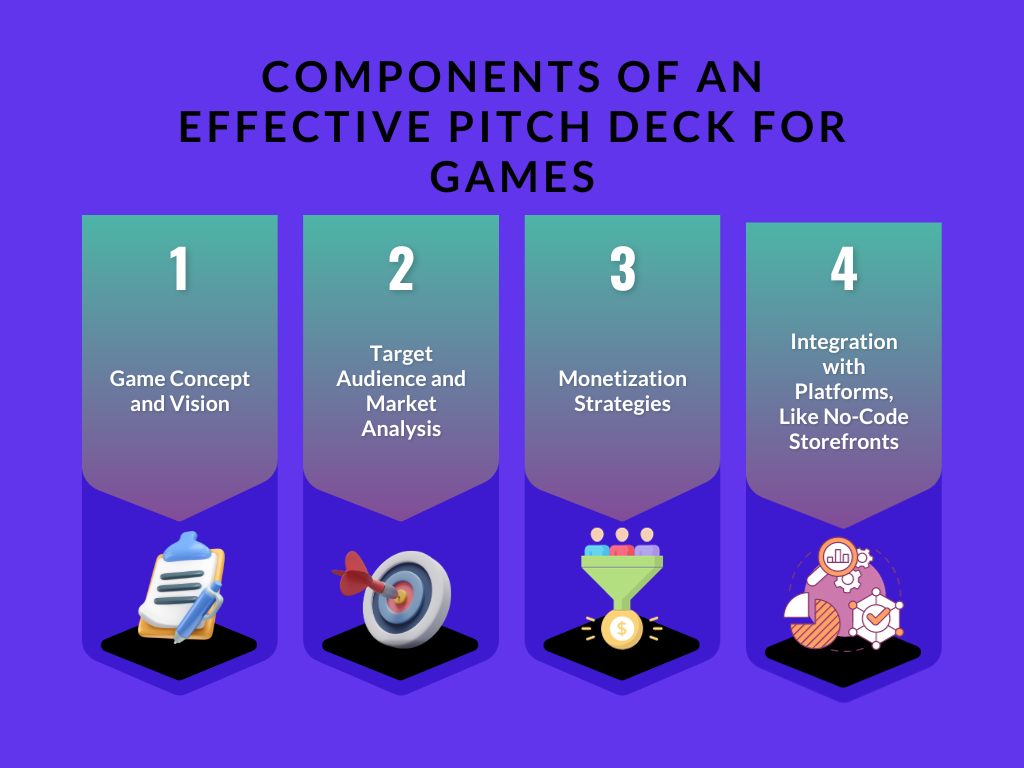
A well-prepared pitch deck can be your key to unlocking significant investments. It offers a structured way to present your game idea and business proposition to potential investors.
Game Concept and Vision
This section should encapsulate the essence of your game – the storyline, characters, and overall experience you aim to deliver. Paint a picture that enables investors to visualize the final product and its appeal.
Target Audience and Market Analysis
Who are you creating the game for? Present data-driven insights into your target audience, their preferences, and potential market size. Highlight the demand and demonstrate your game’s potential to capture a significant share of that market.
Monetization Strategies
How will your game generate revenue? Whether it’s through in-game purchases, ads, or direct sales, outline a clear strategy that showcases profitability and sustainability.
Integration with Platforms, Like No-Code Storefronts
Highlight how you plan to distribute your game. With the rising trend of Web3 and no-code solutions, mention how integrating with platforms like no-code storefronts can ease the game’s release process, offering a seamless experience for both developers and players.
Harnessing Grants: The Indie Developer’s Secret Weapon

Introduction to Game Design Grants and Game Dev Grants
Unlike traditional investors, grants are financial aids that don’t demand equity in return. They’re tailored to support innovation in the gaming industry, ranging from groundbreaking game designs to advanced development techniques.
How to Apply for Game Funding and What Investors/Grant Committees Look For
Applying for a grant isn’t merely about showcasing your game idea. It’s about aligning with the grant’s purpose, be it pushing the boundaries of gaming or supporting underrepresented developers. To improve your chances, focus on clearly communicating the innovation, feasibility, and societal value of your project.
Harnessing Grants: The Indie Developer’s Golden Opportunity
Game funding isn’t just about winning over investors; sometimes, the support you need is already out there, waiting to be tapped.
The Underutilized Avenue of Game Funding
When it comes to funding indie game development, investors are often the first thing that comes to mind. They can provide a lot of money to help make your game a reality, but they also come with strings attached. Grants are a different story. They offer financial support without any strings attached, so you can keep 100% ownership of your game. Plus, getting a grant is a great way to get validation for your game’s concept and design. It shows that people in the industry believe in your game and its potential.
Understanding Game Design and Dev Grants
Grants offer a unique proposition: they are financial contributions that do not require you to give up any ownership of your game. They’re specially designed to support ingenuity in the gaming sector, whether you’re pushing the envelope with a groundbreaking game mechanic or exploring novel development methodologies.
Strategies for Successful Grant Applications
Securing a grant isn’t as simple as presenting an intriguing game concept. It’s crucial to align your proposal with the specific objectives that the grant aims to fulfill. This could range from pioneering new facets of interactive gameplay to supporting diverse talent within the development community. To bolster your application, focus on articulating the innovative aspects, the practicality of your development approach, and the broader impact your game could have on society or the industry at large.
Celeste as an Example of a Grant-Funded Success
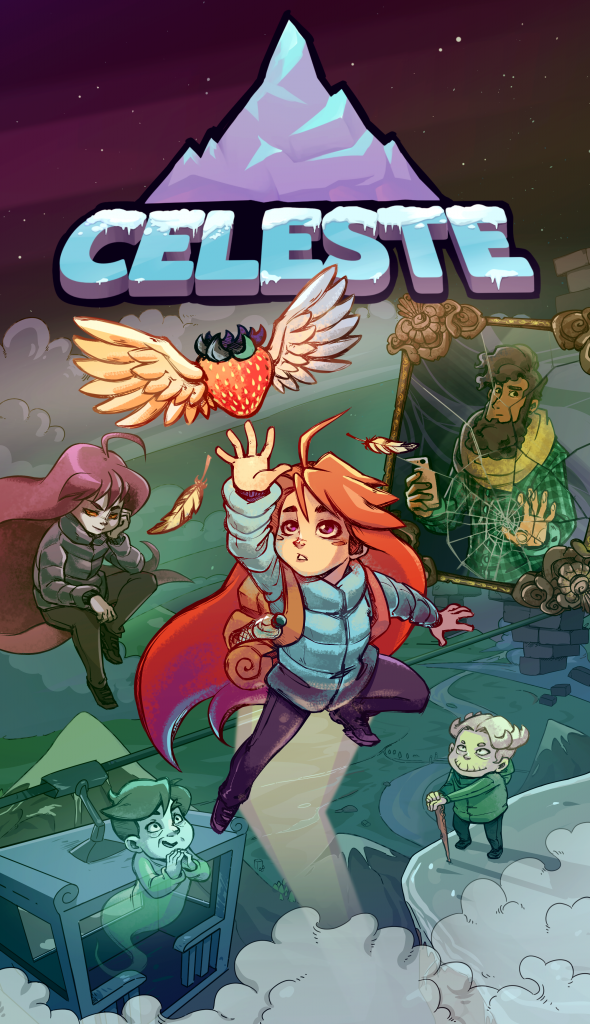
Over the years, various grants have catalyzed the success of many indie games. One shining example is Celeste.
Celeste is a 2018 platform game developed by Matt Makes Games. The game was originally self-funded by Matt Thorson, but it received a grant from the IGF in 2016. The grant helped Thorson to hire additional developers and improve the quality of the game.
Celeste was a critical and commercial success. It won the IGF awards for Best Debut Indie Game and Audience Award in 2018. The game has also been praised for its challenging gameplay, emotional story, and Celeste mountain setting.
The IGF grant was a major factor in the success of Celeste. It helped Thorson to bring his vision to life and make the game the best it could be.
Maximizing Impact: Your Game’s Storefront as a Crucial Investment Tool
The first impression counts, and in the world of indie gaming, your storefront plays a pivotal role in setting the stage for success.
Having a Professional Storefront Enhances Credibility
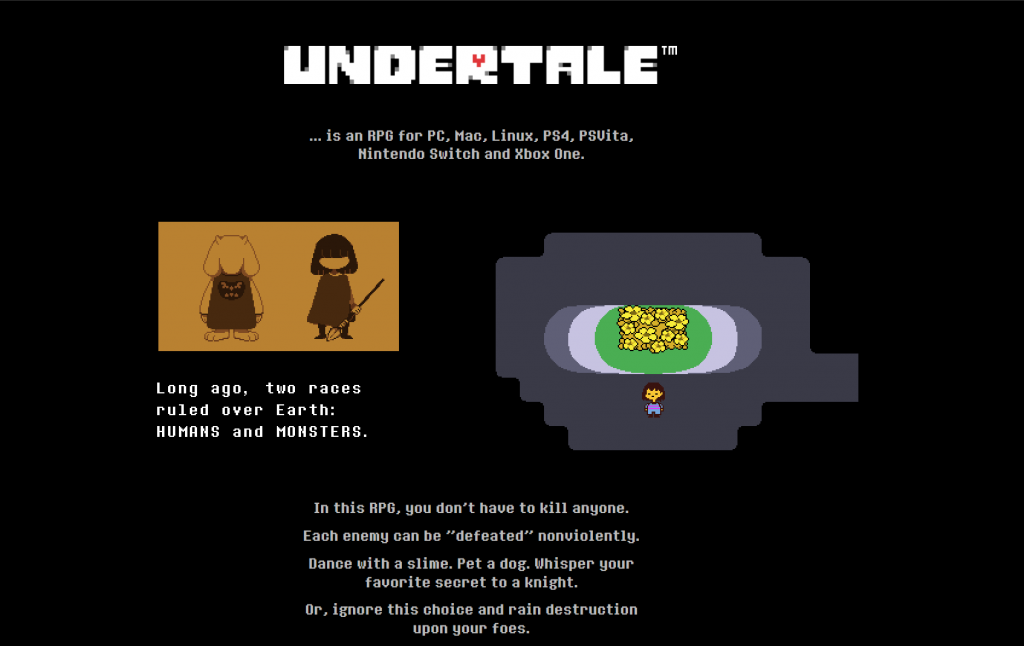
A polished and professional storefront serves as a testament to a developer’s commitment to quality. It offers potential investors a visual reassurance, portraying a well-thought-out project that prioritizes user experience and aesthetic appeal.
The Value Proposition of No-Code Storefronts for Investors
No-code storefronts present a compelling case for ease of setup and flexibility. For investors, it signifies efficiency and adaptability—attributes that reduce overhead costs and speed up go-to-market timelines, maximizing the potential return on investment.
Demonstrating Future Revenue Streams and Growth Potential
Beyond aesthetics, a robust storefront is a gateway to sustainable revenue. Showcasing inbuilt monetization strategies, affiliate programs, or subscription models provides a clear roadmap of how the game plans to generate consistent income, further solidifying its viability as a promising investment.
Engaging with Investors: Do’s and Don’ts
Successful pitching is as much about the relationship you forge as it is about the idea you present. Here are some pivotal pointers to bear in mind as you engage potential investors for your game project.
Building Trust and Understanding Perspectives
The heart of any investor relationship is trust. Start by genuinely listening to their insights and concerns. Understand that they come from a place of experience, and their perspective is shaped by the myriad of pitches they’ve seen and the market trends they’ve observed. A positive rapport is built on mutual respect, and understanding their viewpoint can position your game idea more favorably.
Avoiding the Common Pitfalls in Pitching
Enthusiasm is your best friend, but overconfidence is not. It’s essential to back your claims with data and to be prepared for any questions thrown your way. Don’t make the mistake of being unprepared or presenting unrealistic expectations. Also, be wary of being too rigid in your vision; flexibility can often be a valuable asset in these discussions.
Refining Your Approach with Feedback
After your pitch, be open to feedback. It’s a gold mine of insights that can help refine your game’s vision or even the pitch itself. Tailoring your proposal based on constructive criticism shows investors that you’re adaptable and genuinely committed to the project’s success.
As you navigate the world of game funding, remember that each interaction with potential investors is an opportunity to learn and grow. Being receptive and adaptive can often spell the difference between a missed opportunity and a fruitful partnership.
Post-Pitch: Navigating Follow-ups and Negotiations
The pitch meeting is just the beginning of your journey toward game funding. Here’s what you should focus on once you’ve made your initial impression.
Keeping the Momentum Going Post-Pitch
After you’ve wrapped up your pitch, it’s crucial to maintain that initial enthusiasm and interest. Promptly send a thank-you note to all attendees, along with any additional information they may have requested. Keep them updated on milestones or achievements that can fortify your game’s value proposition. The goal is to keep your project on their radar, reminding them why it’s an opportunity worth investing in.
Negotiating Terms for Mutual Benefit
If your pitch is successful and you’ve got investors interested, the next step is the negotiation table. Here, it’s crucial to find a balance that benefits both parties. Know what you’re willing to give, such as equity stakes or profit-sharing, and what you absolutely need from the investor, be it capital or resources. It’s a dialogue, not a monologue; collaboration can often lead to a more fruitful relationship.
Clear Communication and Setting Expectations for Game Funding
Transparency is key in all investor relations but is especially critical during the delicate negotiation phase. Clearly outline what each party expects from this partnership to avoid misunderstandings that can lead to problems down the line. Put everything in writing, and don’t hesitate to seek legal advice to ensure that all terms are clear and fair.
This post-pitch period is when relationships are cemented and future successes are built, so approach it with the same preparation and enthusiasm as you did the initial pitch.
The Importance of Preparation and Staying Updated in Indie Game Funding
Preparation and staying updated are essential for indie game developers who are seeking funding. By following these tips, you can increase your chances of success.
Preparation is key to securing funding for your indie game. This means having a clear vision for your game, a well-written pitch deck, and a strong team in place.
Staying updated with evolving funding avenues is also important. There are many different ways to fund an indie game, and the landscape is constantly changing. By staying up-to-date, you’ll be better equipped to find the right funding source for your project.
Here are some specific tips for each of these points:
Game Funding Preparation:
- Have a clear vision for your game.
What is the game about? What makes it unique? What are its goals?
- Write a well-written pitch deck.
This document should concisely explain your game’s concept, target audience, and financial needs.
- Assemble a strong team.
This includes developers, artists, and designers who share your vision and can execute on it.
Staying Updated:
- Do your research.
There are many different funding sources available, so it’s important to learn about them all.
- Network with other indie developers.
They can share their experiences and advice with you.
- Attend industry events.
This is a great way to learn about new funding opportunities and meet potential investors.
Conclusion: Wrapping Up the Game Funding Journey
In the realm of game development, preparation is key. Your ability to present a clear and compelling vision can be the deciding factor in securing the funding your game needs. This isn’t just about the game itself but understanding your market, audience, and the unique value you’re offering.
But securing funding is only part of the equation. The world of game finance is ever-changing. It’s crucial for developers to keep their finger on the pulse of the industry. As new funding avenues emerge, staying informed and adaptable can provide you with an edge in this competitive space.




